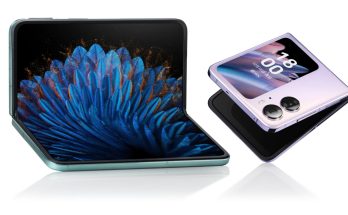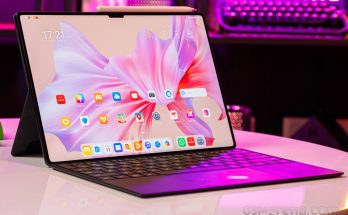Here, I have all the MacBooks to find out which one would be the best for you because the MacBook lineup more than ever just feels like a trap. Once you fall in, you just keep going deeper. M3 isn’t that fast and M2 is sufficient for most anyways. You need the RAM upgrade and at that point, might as well just get the MacBook Pro. So where does that leave the new M3 MacBook Air? I live with them, I tested them, and I think in a vacuum, the new M3 MacBook Air is very impressive because it would be impressive to fit any laptop in a vacuum. But in the current landscape, that thing is a problem. This is the M2 MacBook Air. If I didn’t say that, you probably wouldn’t be able to tell because it has the same exact chassis as the M3 MacBook Air.
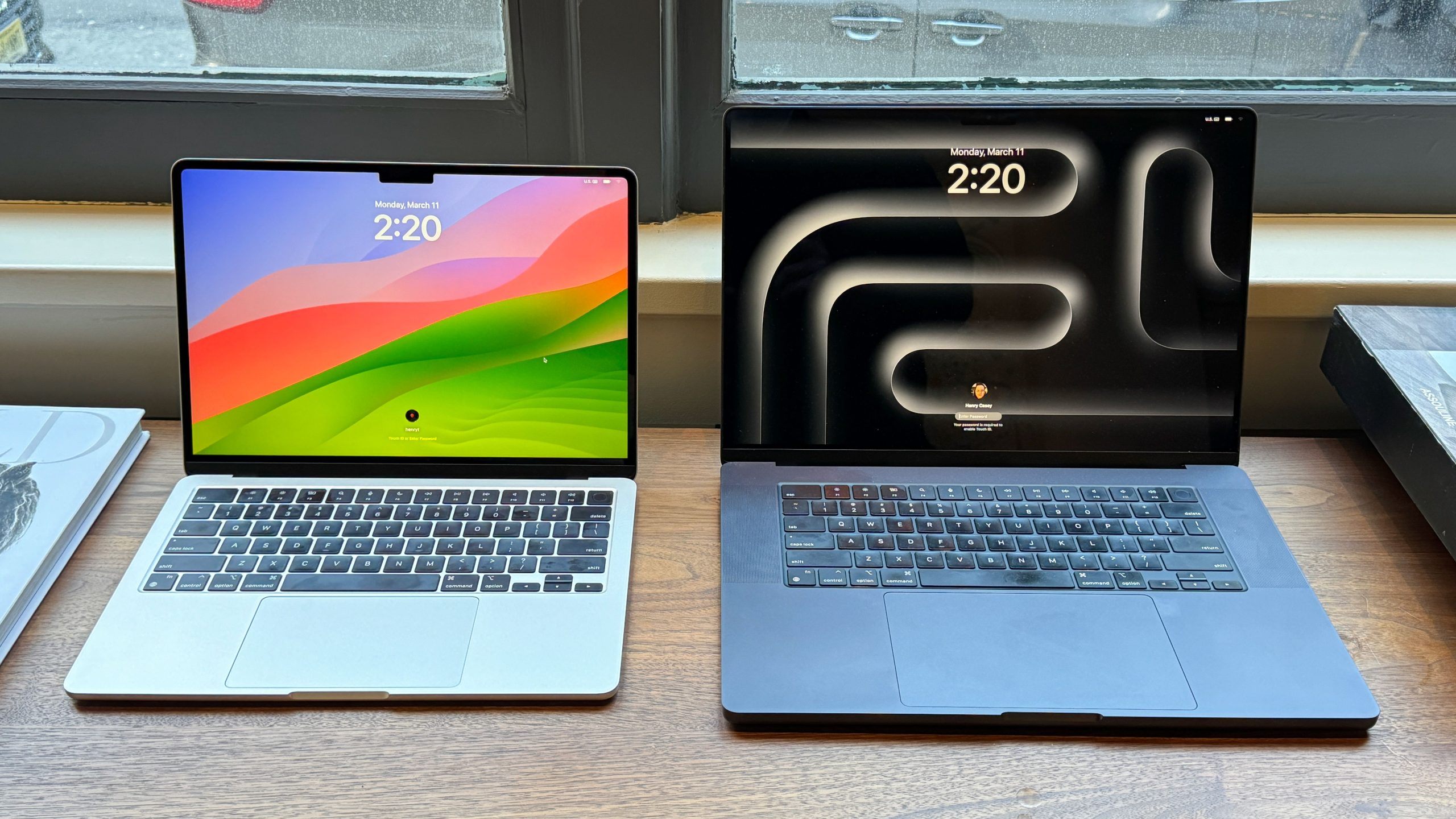
Sure, it’s not as fast, it’s around 17% slower, but you got to be doing some pretty serious stuff to even tell it apart since both are so fast already. Here, I have the M2 next to the M3. I tried loading up some pretty heavy websites, note-taking apps, and some large documents, and they all pretty much opened instantly on both. I studied computer science in college and based on my experience, either one would have easily crushed all of my schoolwork. But there’s still some pretty good reasons to upgrade to the M3 Air. Things like Wi-Fi 6E, better microphone and dual display support, all of which might come in handy some of the time. But the one big thing is of course the M3 processor. Even if the extra speed doesn’t really matter to you,
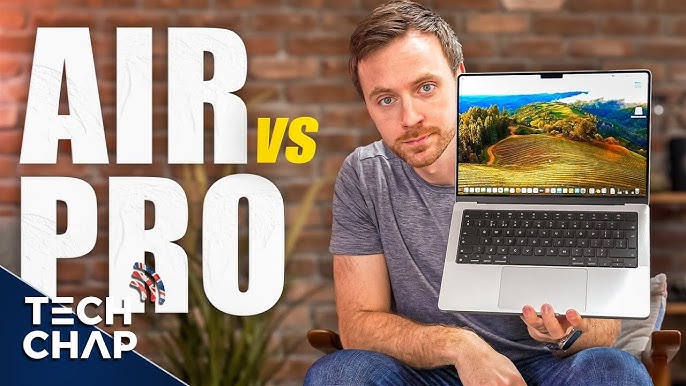
that new M3 is about 5% more efficient in my testing, which means lasting 5% longer. It’s not huge, but here’s what I think is some really interesting data. Because the new M3 is more efficient, if you limit the amount of power these computers can use, the M3 is still notably faster than the M2. And this really comes into effect when you turn on the low power mode. If battery life is important to you, the low power mode makes a huge difference. Depending on what you’re doing, you could be looking at a 50% increase in the battery life. That’s what I observed doing light tasks and video watching. However, with the M2 MacBook Air, when in the low power mode, you can feel that web pages are just not as snappy.

On the new M3 though, low power mode still feels very responsive. Just look at the Geekbench scores on low power mode. The M3 is about 15% faster for both single and multi-core than the M2. And this is a score range where it goes from obviously kind of slow to pretty usable, at least for casual daily tasks. So if you have to go pretty long stretches without charging, like six hours of classes in a row, the M3 will feel quite a lot nicer than the M2 when working on things with a low power mode turned on. But before you go pick up the cheapest M2 or M3 you can find, you probably should upgrade the RAM. It’s impressive what Apple Silicon can accomplish with just eight gigs of RAM.
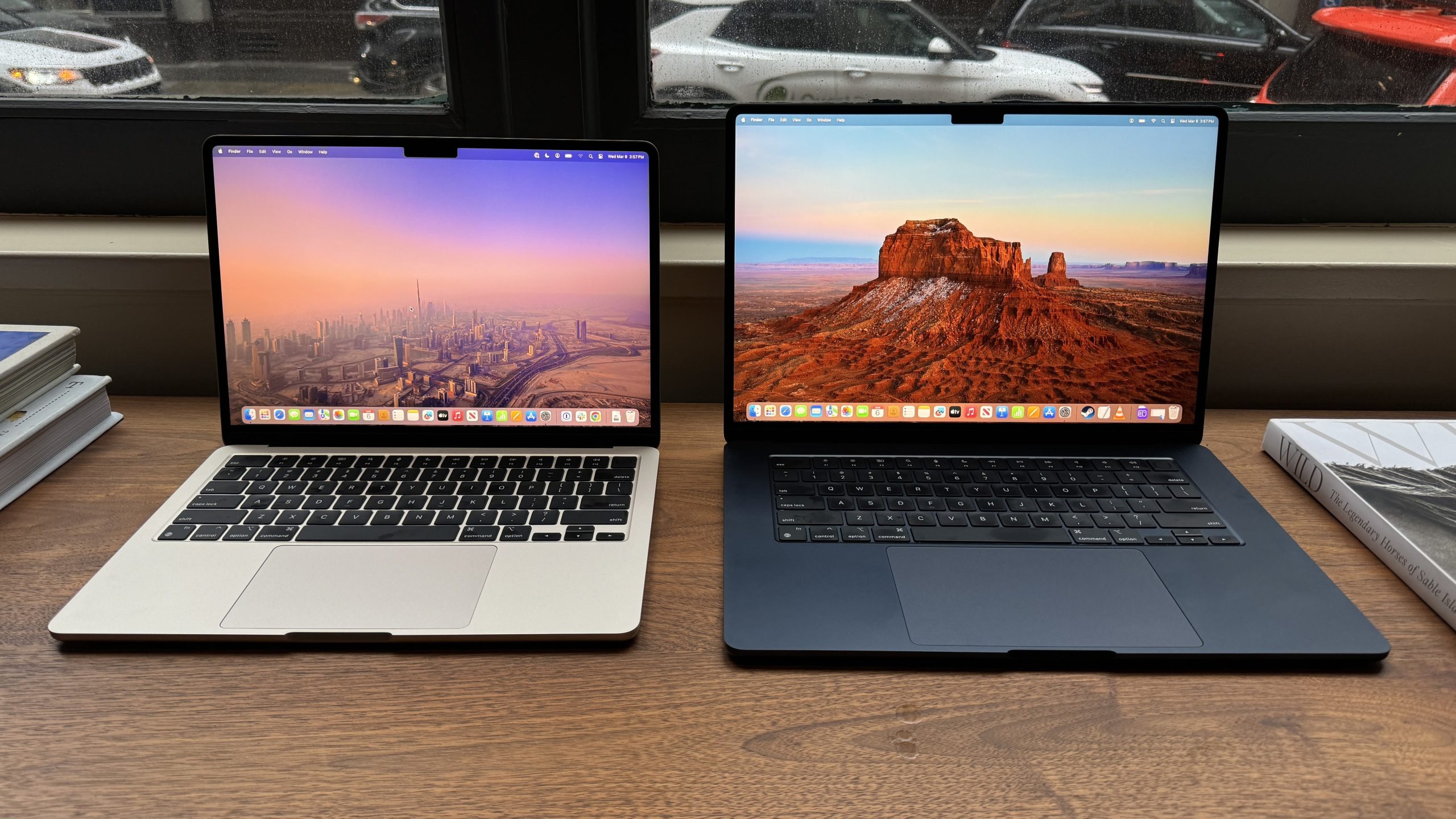
You can have 20 tabs open with a few other apps and everything still feels normal. But these demos are a bit deceptive because real life is always messier. First is that even with a moderate amount of things opened, the computer needs to swap some of the data from the RAM to the SSD. In my experience of actually using an 8GB MacBook Air for a whole year, just about every single time I checked, there was swap being used. Sometimes I didn’t even feel it, but that still doesn’t mean that it’s perfectly fine. Because SSDs are just not built to be used as RAM. They have a finite amount of reads and writes before it dies. So it’s not great that you have to be constantly reading and writing to the SSD just to get daily tasks done.
Second is that 8GB of RAM is an obvious bottleneck to what the M2 or M3 processor can actually do. In my experience with the base M2 Air, every time there was a slowdown, it was due to a RAM-related issue. If I’m running some random unoptimized app, it immediately suffers. If I try to edit one of these videos, there’s basically no chance. I could put together a simple editing demo to show you that it runs just fine. But in reality, I often want to multitask and have other things open as well. and this computer just can’t handle that. Ultimately, you’re considering a new premium laptop, and by spending 15% more, the laptop will most likely remain useful for more than 15% longer. And you don’t have to worry about closing things that you’re not using as often, and you can also multitask more freely without worrying about the SSD lifespan.

If you ever get into serious editing or coding large projects, with just 8GB of RAM, you would basically need a new computer. whereas the one with 16 gigs of RAM will continue doing a good job for many more years to come. Now, if you do want a bigger screen than the 13-inch, I actually don’t think the 15-inch Air is the greatest value because you’re not just paying $100 more to get the bigger device. You’re also being forced to upgrade to the 10-core GPU for another $100. And the extra core does basically nothing for most MacBook Air buyers. If you’re thinking about rendering and playing some intense games, the MacBook Pro is just the better option. And if you know you’ll need more than 256 gigs of storage, the MacBook Pro with the M3 is now just $100 more.
And the Pro is significantly better for those intense tasks because ultimately, the MacBook Air is a computer without a fan. For the stuff where your computer would be working hard for a long time, with the MacBook Air, you could be looking at around half the speed of the MacBook Pro with the same chipset. And it can be especially bad if you live in a hotter environment. As a video editor, the fan is really helpful. but as a comp-sized student, the fan wouldn’t have made a difference. But yeah, even if I weren’t editing videos and I’m just looking for a bigger computer than 13-inch, there’s still lots of reason to pick the 14-inch MacBook Pro over the 15-inch MacBook Air. The MacBook Air screen is good, but the MacBook Pro screen is a lot nicer.

The 120-hertz display on the Pro feels smoother, and the mini-LED provides great contrast, so watching content on it just feels a bit more enjoyable. And of course, only the MacBook Pro screen can properly display HDR content. And there are apps that let you hack the MacBook Pro display to brighten up regular content to 1000 nits, which makes it way more usable in direct sunlight. To be fair, the 500 nits on the MacBook Air is still pretty bright, and it has a great anti-reflection coating. So in the grand scheme of things, it’s still very reasonable to use this outdoors. But the MacBook Pro also has more ports, way better speakers, a larger battery, a faster charger, and a stiffer chassis with thinner bezels. There’s one catch with the base M3 MacBook Pro though, is that it still only supports one display, even if you close the lid.

Oh yeah, and of course it’s a little bit thicker. So for those who don’t really need all the performance possible, I would pick the M2 Air, but still go for 16 gigs of RAM, because the speed of the M2 can really serve for a long time to come. But now you’ve seen just how big a difference low power mode makes and how much more responsive the M3 is on low power mode. So if you often run low on battery, the M3 could be the better option. When it comes to the 15-inch MacBook Air, I personally would take the 14-inch M3 MacBook Pro over it for 100 more since it’s nicer in many small but tangible ways. Subscribe!

